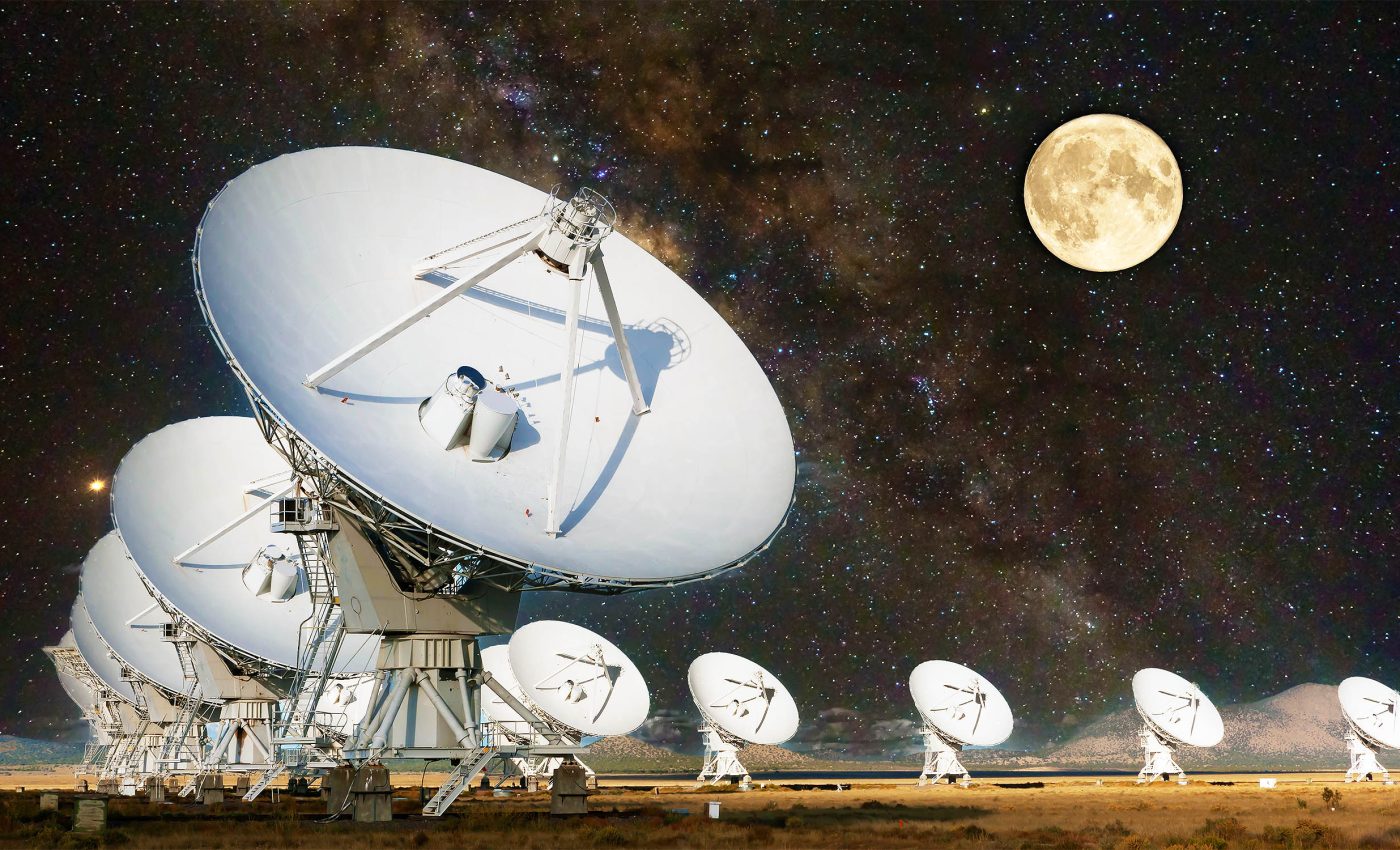
New details on 'WOW!' signal transmitted from deep space
In 1977, something peculiar happened. A radio telescope at the Ohio State University — the Big Ear, captured a peculiar signal from outer space. This signal was so astonishing that it made astronomer Jerry Ehman utter a profound “WOW!” Now, decades later, the mystery surrounding the signal might finally be unraveling.
This revelation comes from the diligent research undertaken by scientists from the University of Puerto Rico at Arecibo.
Their findings are not pointing towards extraterrestrial activity. At least, not yet. According to their analysis, this signal captured at Big Ear radio observatory was likely caused by a natural microwave laser slamming into Earth.
Unearthly origins or not?
For years, there had been countless theories attempting to explain the origin of the “WOW!” signal.
Some exclaimed it as a “hello” from an alien civilization, while others suggested it was an unusual frequency produced by an abundance of atomic hydrogen in the universe.
The central puzzle was the unique nature of the signal – not only powerful but also registered in a narrow band of frequencies around 1420 MHz.
And despite theories ranging from alien broadcasts to cosmic collisions, the inability to pick up the signal again left astronomers scratching their heads.
But the tenacity of Professor Abel Méndez and his team has finally shed light on this enduring cosmic mystery.
Decoding the WOW! signal
Their study was initiated using the now-defunct Arecibo Observatory’s Radio Emissions from Red Dwarf Stars (REDS) project.
The goal was straightforward — to comb through the archives and see if anything similar to the “WOW! signal” had ever been spotted.
Their search led to the discovery of a few signals strikingly similar yet fainter than the original signal. Surprisingly, these signals all originated from a red dwarf star named Teegarden’s Star, just 12.5 light-years from Earth.
“Our latest observations, made between February and May 2020, have revealed similar narrowband signals near the hydrogen line, though less intense than the original Wow! signal,” notes Professor Méndez.
Natural microwave laser
What sets Teegarden’s Star apart is an intriguing environment around it – clouds of cool atomic hydrogen.
When the intense light from the red dwarf hits these clouds, they stimulate a powerful burst of microwave energy in the 1420 MHz band. This phenomenon results in a natural microwave laser or, in scientific terms, a maser.
The scientists believe that the “WOW! signal” was likely a similar, albeit more potent, maser burst. But what could have caused such enormous energy?
The researchers think it was a neutron star, or to be precise, a specific type of neutron star called a magnetar.
Magnetars are remnants of collapsed stars that have exploded into supernovae. What remains is a dense, super-rotating, magnetic core.
When a burst from a magnetar collides with a hydrogen gas cloud, it can trigger a colossal maser burst, just like the “WOW! signal”.
Although this alignment is rare, it offers a plausible explanation why the signal hasn’t been heard since.
Revisiting the WOW! signal
So, can we finally put the alien life speculation to rest? According to this research, it seems so. The scientists have concluded that the “WOW! signal” is more likely a product of complex cosmic phenomena than evidence of life beyond Earth.
Perhaps this will temper some of our high expectations that any ambiguous signal received from space is a call from our extraterrestrial neighbors.
However, as the enduring fascination with the “WOW! signal” proves, we will continue to look towards the stars and wonder who else might be out there.
The next time you look up at the night sky, remember that some of mystery’s allure lies in its solution. And the story of the “WOW! signal” shows that sometimes the answers are as astounding as the questions.
Future directions
The team at Arecibo plans to continue their research, exploring extensive sets of observations from the REDS project.
As for the rest of us, let’s continue to marvel at the mysteries that cosmic space sends our way. Because, every “WOW!” we utter leads us on an unpredictable journey, deeper into understanding the vast universe around us.
The study is published in arXiv.
—–
Like what you read? Subscribe to our newsletter for engaging articles, exclusive content, and the latest updates.
Check us out on EarthSnap, a free app brought to you by Eric Ralls and Earth.com.
—–













